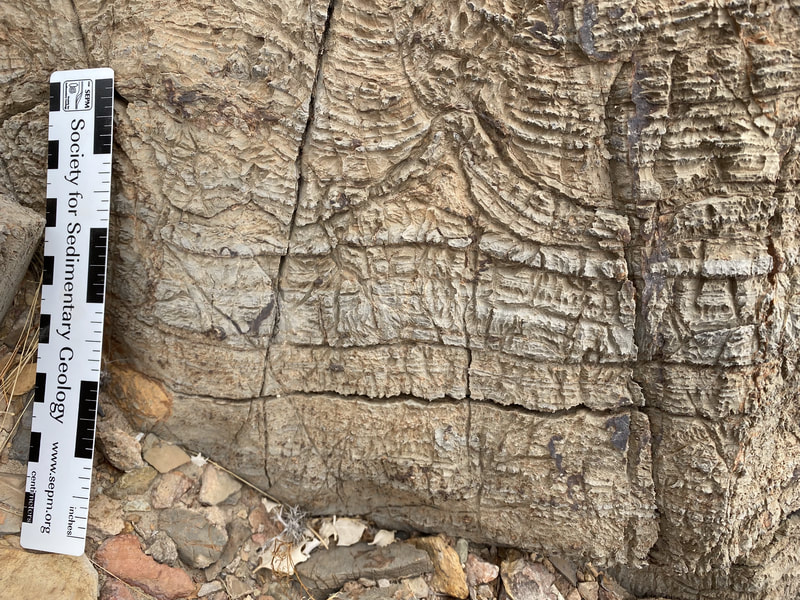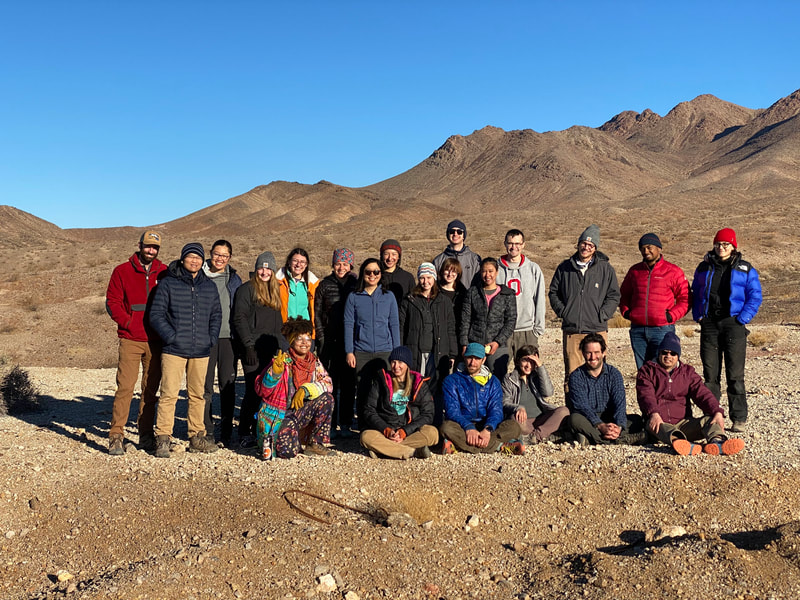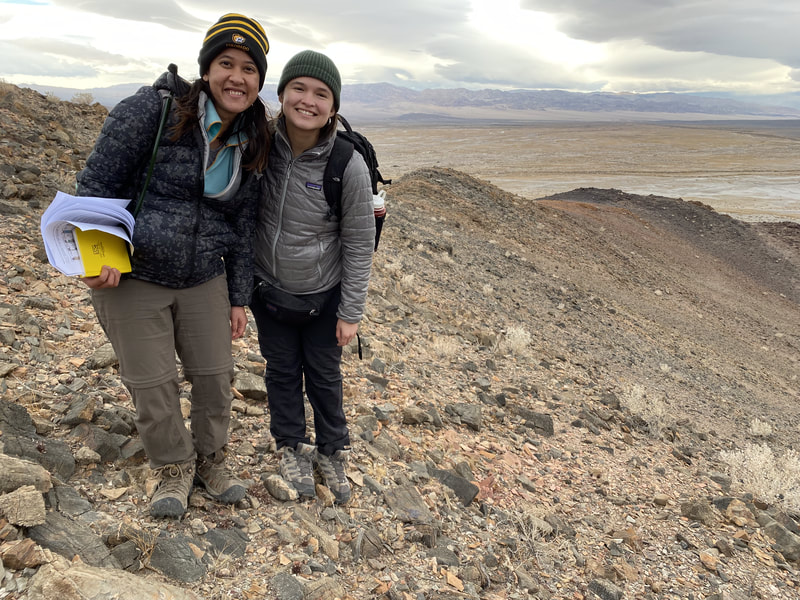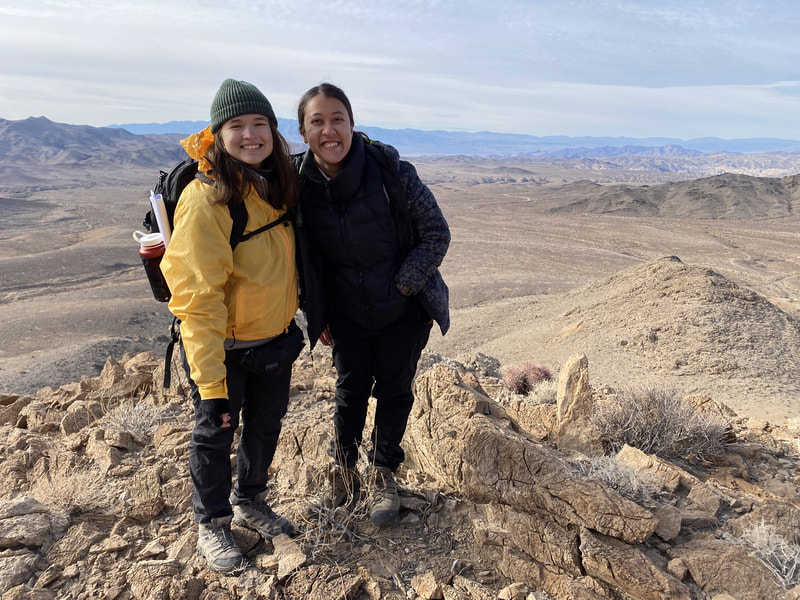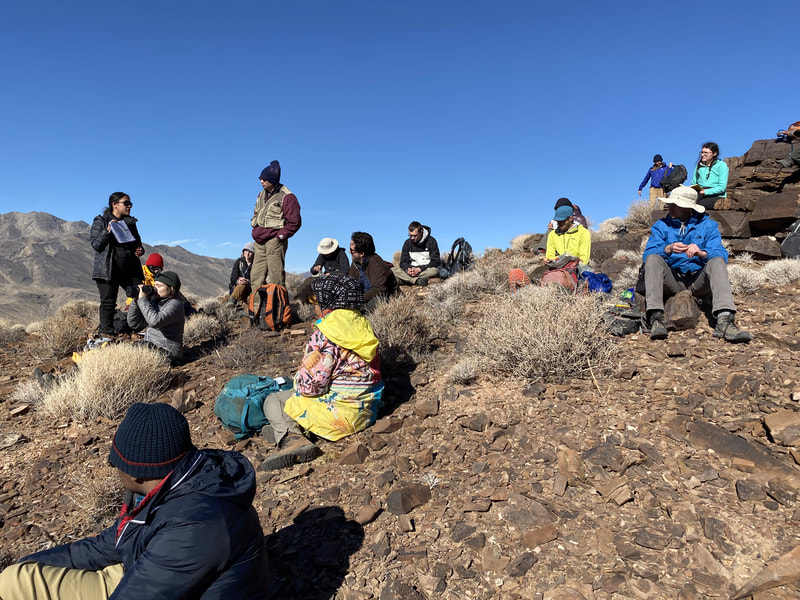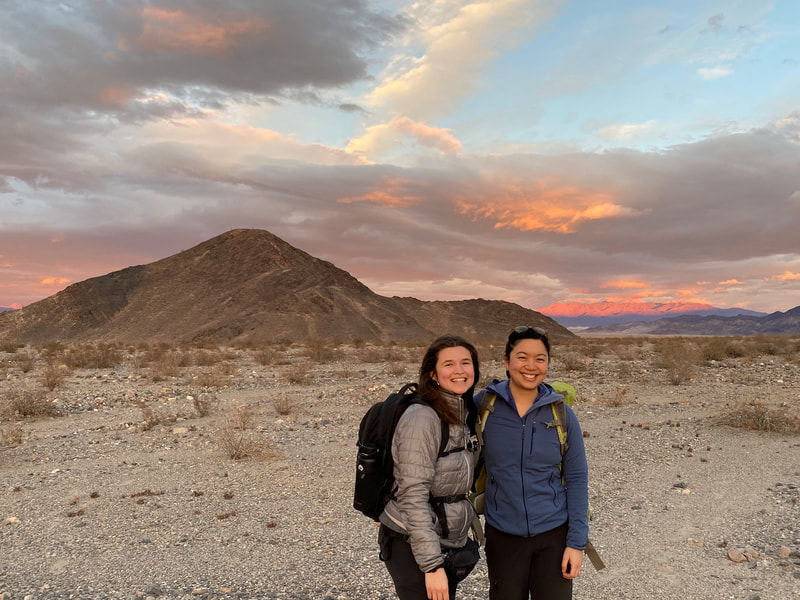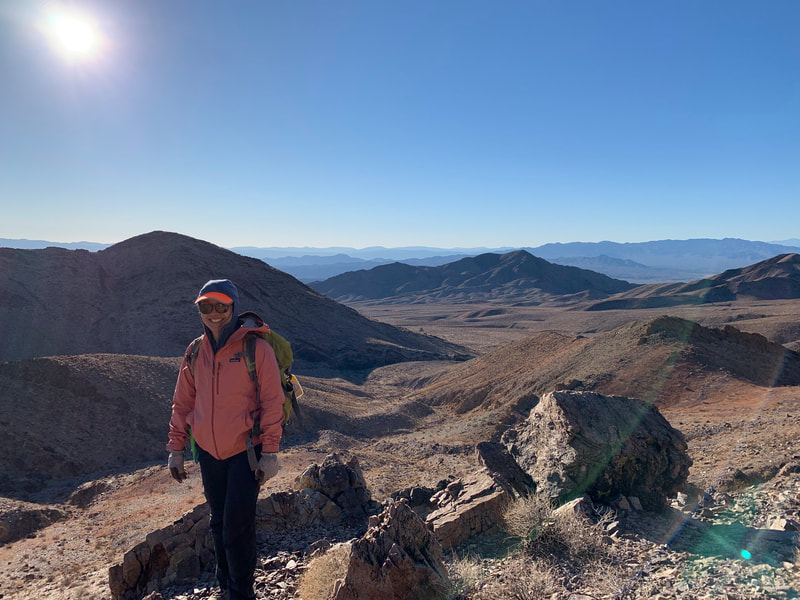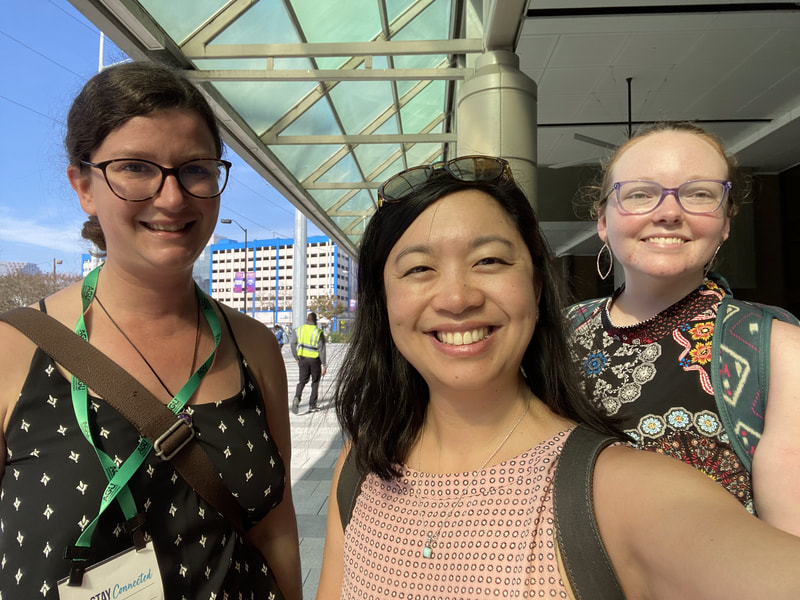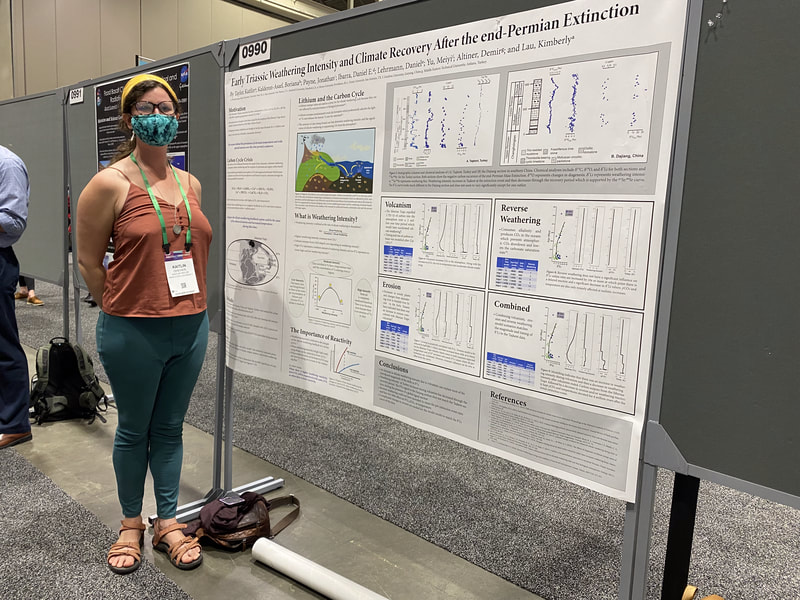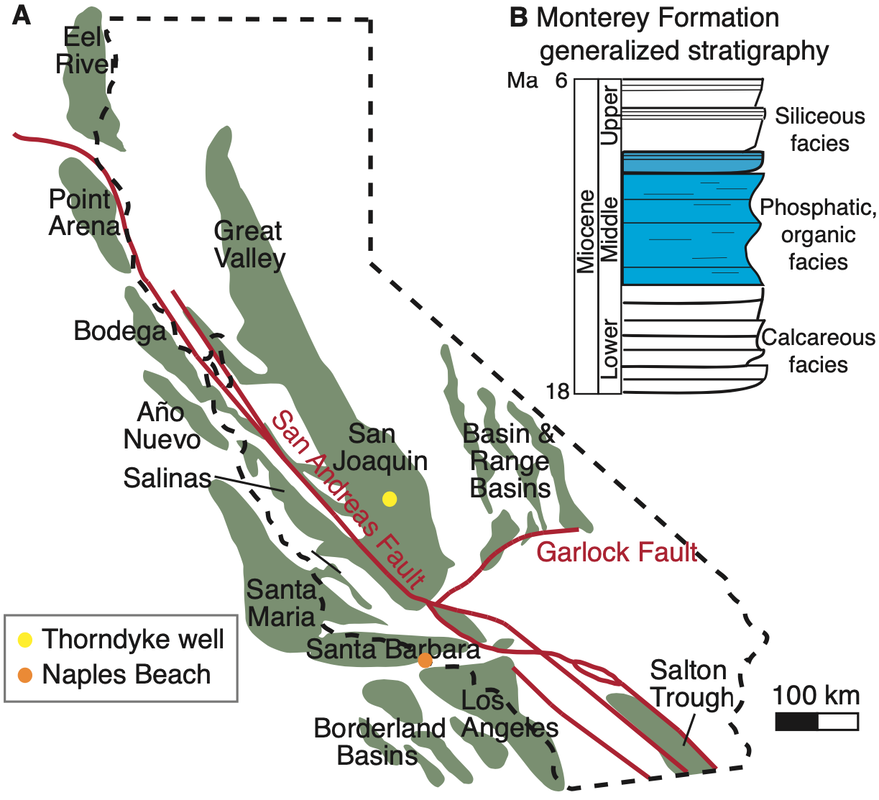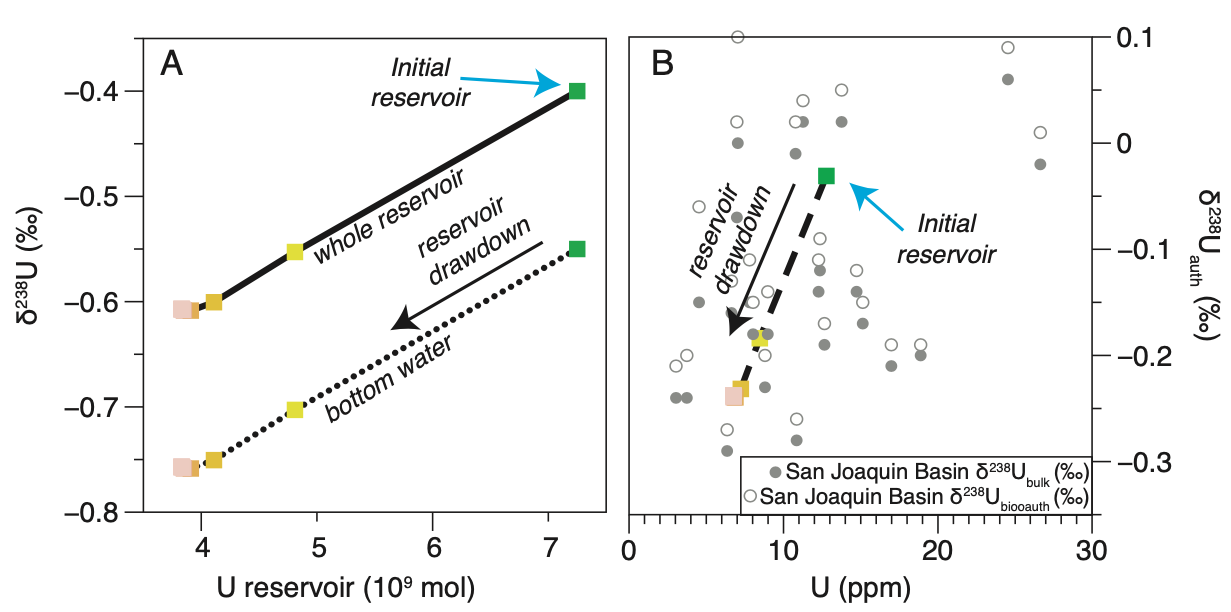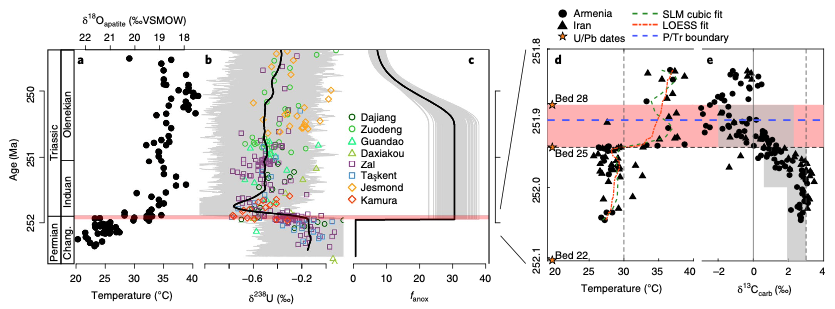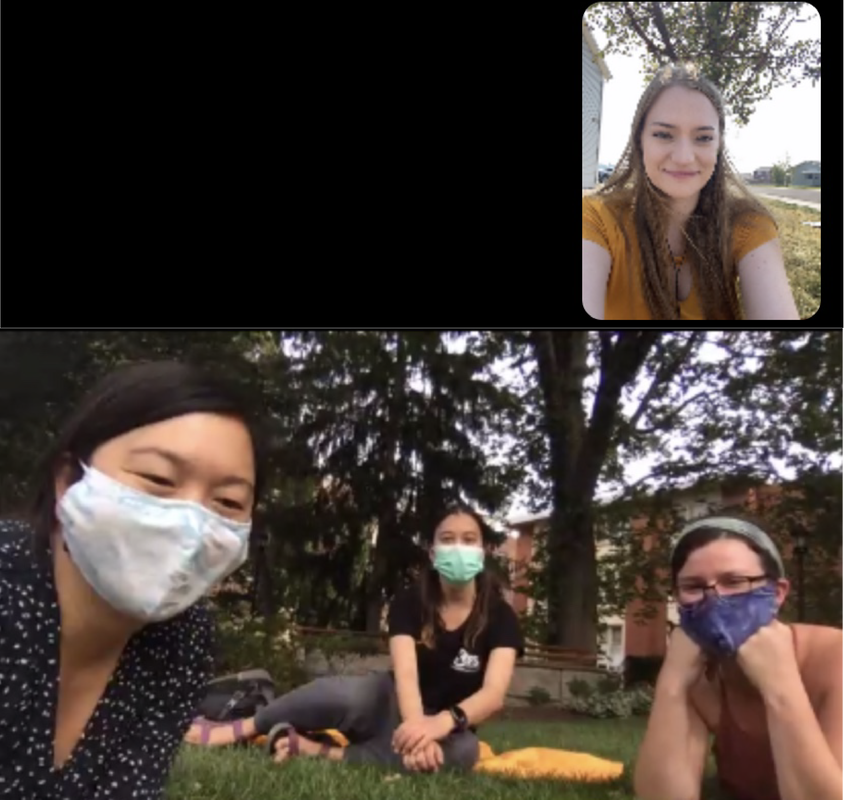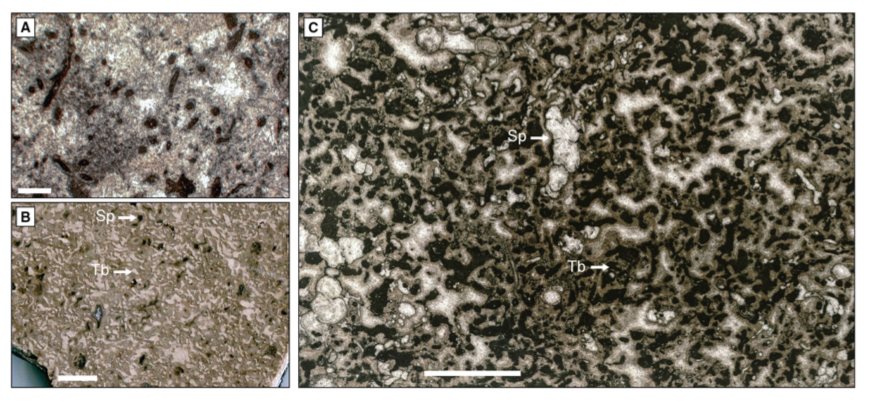|
I am thrilled to announce the launch of AGILE, a set of programs aimed to increase inclusion and participation of Asian American and Pacific Islanders in the geosciences! Dan Ibarra (Brown University) and I are co-Lead PIs. Our other PIs are David Ho (University of Hawai'i at Mānoa), Sora Kim (UC Merced), Sonya Legg (Princeton University), Randye Rutberg (Hunter College), Jessica Wang (Bellevue College), and Sam Ying (UC Riverside).
Asian Americans and Pacific Islanders (AAPI) represent one of the fastest growing demographics in the U.S. today and yet lag in participation and representation in geoscience graduate programs compared to other STEM fields. Thus, our program aims to recruit AAPI STEM undergraduates to geoscience graduate programs and enhance belonging of AAPI geoscientists as a whole. This project will expose undergraduates from MSIs (Minority Serving Institutions) in geoscience-adjacent STEM (Science, Technology, Engineering and Mathematics) fields to geoscience research and careers, provide a new research internship opportunity and create national cross-career stage connections between AAPI geoscientists. Our ultimate goal is to produce a cohort of geoscience leaders from a group often left out of diversity discussions. Our project’s components include: 1) A researcher visit program to recruit undergraduate AAPI into geosciences via visits to AAPI-serving MSIs from geoscience researchers. 2) A research internship program to carry out research with AAPI mentors. 3) Organizing virtual and in-person events and a career development workshop to enhance belonging, identity, and leadership within the AAPI geoscience community across career stages and sectors in collaboration with the Asian Americans and Pacific Islanders in Geosciences (AAPIiG) affinity group. Please visit our website for application information, research project sign ups, and contact information.
0 Comments
Our group finished out 2021 strong! Fai, Kayla, and Kim joined NSF project collaborators on a field trip to the Death Valley region. They had a great time chatting science and seeing classic Neoproterozoic - Cambrian sections with awesome folks.
Chelsie, Kaitlin, and Kim went to AGU in New Orleans. Congrats on some great presentations! Congrats to PhD student Fai Chanchai for successfully completing her first major milestone in her graduate degree. We're so proud of you!
Pleased to share a new paper on the controls on U isotope variability in black shales, using a Miocene case study. The Monterey Formation is inherently interesting as its very phosphatic and is also the source rock for the CA petroleum industry. It also was deposited in a number of unique basins (bottom left) where U isotope behavior varied significantly. It's a complicated story, but we use U isotopes and U concentrations to try to understand the major controls (apatite concentration, basin hydrography, productivity) that drive the range in isotope values that we observe. We also show that in these Miocene basins, the isotope offset in anoxic--but not euxinic--basins were just as large as in euxinic basins, which could indicate that the modern budget is not representative of ancient ones.
This work was done as a postdoc at UCR with my mentor Tim Lyons, and I am glad to have had the opportunity to work with many new geoscientists. Thanks also to the Agouron Institute, NASA, and ACS PRF for funding this work! A free PDF can be accessed here until the first week of January. Very excited about this new paper out in Nature Geoscience titled End-Permian marine extinction due to temperature-driven nutrient recycling and euxinia! We use constraints of global redox conditions (from uranium isotopes) and the spatial variability of redox (from many different types of proxies) to compare with cGENIE results. With this data-model coupling, we argue that warmer temperatures in the Early Triassic led to higher microbial respiration rates in the ocean (i.e., a stronger biological pump), which would have resulted in high amounts of nutrient recycling in the water column, sustaining anoxic conditions and poisonous hydrogen sulfide gas! Thanks, Dom, for leading this very fun project.
Although I did not travel to attend GSA in person, I was excited to present some in-press research on the mechanistic drivers of the end-Permian mass extinction (hopefully will be able to share, soon!) as well as ongoing work on carbonate diagenesis and paleoredox proxies with Dalton Hardisty. The session conveners did a wonderful job managing the hybrid setup and I was glad to be able to interact with the in-person audience. I also loved seeing photos of friends and students who attended!
I am very honored to be named this year's Geobiology and Geomicrobiology (GBGM) Division Pre-tenure awardee. A heartfelt thank you to my nominators for their support and a big congrats to fellow awardees Dr. Frank Corsetti and Dr. Phoebe Cohen. The "lunch" zoom meeting was very fun, too -- very grateful to be a part of the GBGM family and many thanks to the leadership (including Vicky Petryshyn, Lydia Tackett, Rowan Martindale, David Gold, Zoe Havlena, Trinity Hamilton, Emmy Smith, and Brant Gibson) for fostering this community. 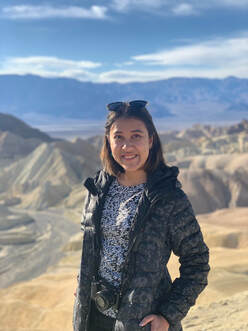 A big round of applause to PhD student Fai Chanchai, who has been named the recipient of several awards! Woohoo!!
Congrats to lead-author Lucien Nana Yobo, University of Houston, on this paper now in press in Geochimica et Cosmochimica Acta!
Click here for link. This work was co-authored with Alan Brandon (U of Houston), Chris Holmden (U of Saskatchewan), and James Eldrett (Shell) and was supported by a grant from NSF. I'm very excited to welcome Dr. Chelsie Bowman to Penn State! Dr. Bowman recently completed her PhD at Florida State University, and will be working on nutrient cycling and redox through the lens of the Phosphoria Formation of the Western U.S. So excited to see our lab growing. Another member to our socially distant, masked, hybrid pandemic-era group meetings. (A snapshot from a warm fall day below.)
I am a co-author on a paper led by Brian Kelley, titled Controls on carbonate platform architecture and reef recovery across the Paleozoic to Mesozoic transition: A high-resolution analysis of the Great Bank of Guizhou, published in Sedimentology. The figure above highlights the description of the first reef metazoans (sponges, Sp) in a microbial framework (Tubiphytes, Tb) after the end-Permian extinction. A link to the paper is here.
|
Archives
May 2023
|

